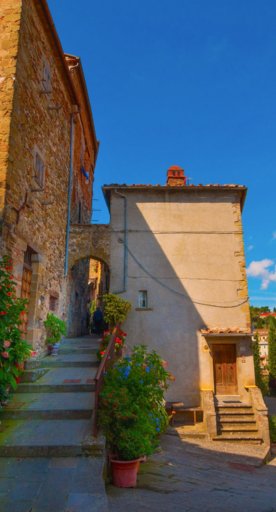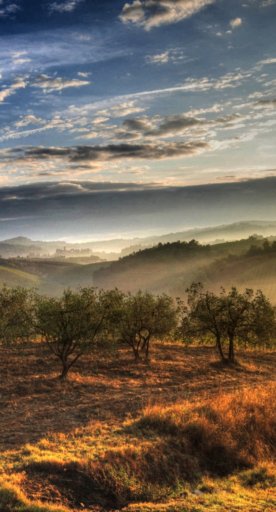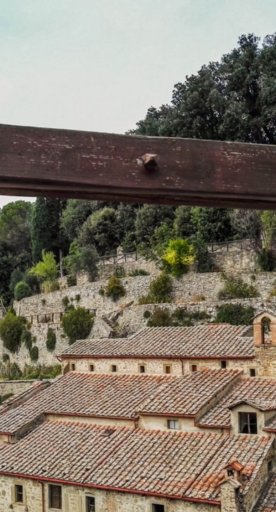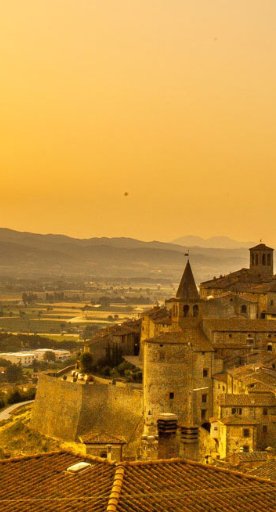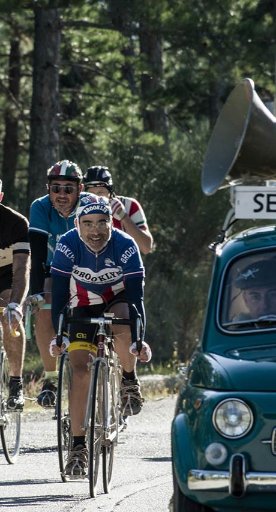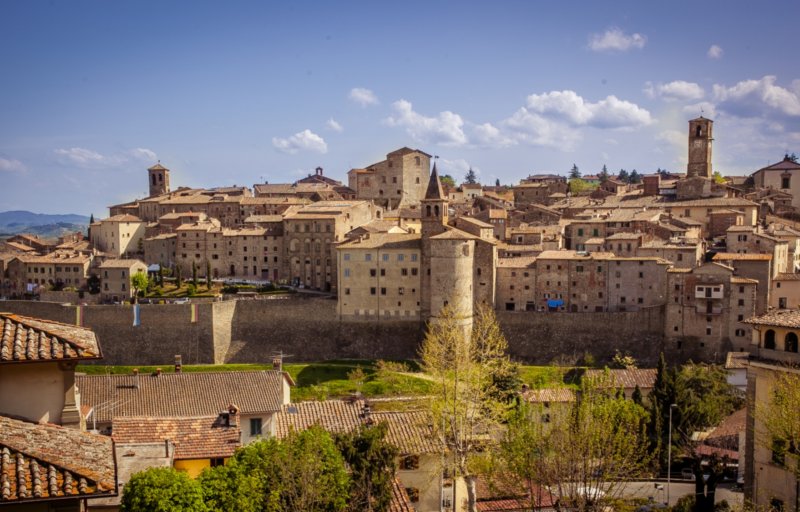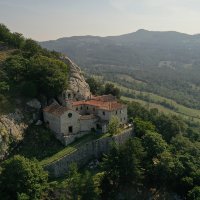Nature reserves of the Alta Valtiberina
Natural protected areas in the Tuscan-Romagna Apennines
The upper Tiberina valley on the border with Romagna and Marche is dotted with many reserves and protected natural areas of local interest (a.n.p.i.l.).
The Alta Valle del Tevere - Monte Nero provincial nature reserve extends over a stretch of the Apennine ridge and the Arno-Tiber watershed, upstream of Chiusi della Verna and Pieve S. Stefano. The nature in the woods is representative of the mountains high altitude that reaches a maximum altitude of 1234 m a.s.l. at Monte Nero. You'll find mixed forests of Turkey oak and black hornbeam, and higher up you'll see beech woods or mixed beech and maple forests.

Continuing east, remaining near the Apennine ridge, the small a.n.p.i.l. of Pratieghi protects native badgers on the eastern side of Mount Zucca (1263 m a.s.l.).
The provincial nature reserve of Sasso Simone is much wider, and is found in the extreme eastern tip of Tuscany. The summit plateau that's home to the the remains of a Medici fortress is characterized by high altitude meadows with scattered beech trees that are kept bushy by the wind.
Finally, on the Tiber-Marecchia watershed, there's the provincial nature reserve of Alpe della Luna. In keeping with the landscape of this area, there are mountain sides covered with oak-hornbeam at the lower altitudes and beech at the higher altitudes, up to the ridges that stand at 1300-1400 m asl. In the meadows that are interspersed throughout the woods, you'll frequently find orchids in spring, and a very rare species that's endemic to these places, the thistle of the Alpe della Luna.


The surroundings of Pieve Santo Stefano and the artificial lake of Montedoglio are peppered with numerous protected areas: the a.n.p.i.l. Serpentine of Pieve S. Stefano is sporadically extended over three peaks, Poggio delle Calbane (879 m a.s.l.), Monte Petroso (649 m) and Monte Murlo (603 m). These greenish and dark rocks are by their nature compact, arid, poor in nutrients and rich in metal compounds, putting a strain on the vegetation and leading to an extreme specialization of some species that live there.
The two state biogenetic reserves of Fungaia and Poggio Rosso are instead found on hill, clayey reliefs that present the typical vegetation of the Tuscan hills with oak, Turkey oak and ashlar woods, and grassy areas with junipers, wild roses, and hawthorns.
The Monti Rognosi provincial nature reserve is based on substrates of serpentine rocks on the south-eastern slopes of the Alpe di Catenaia, but the landscape is partly altered by reforestation of maritime pine.
For more information: meetvaltiberina.it




